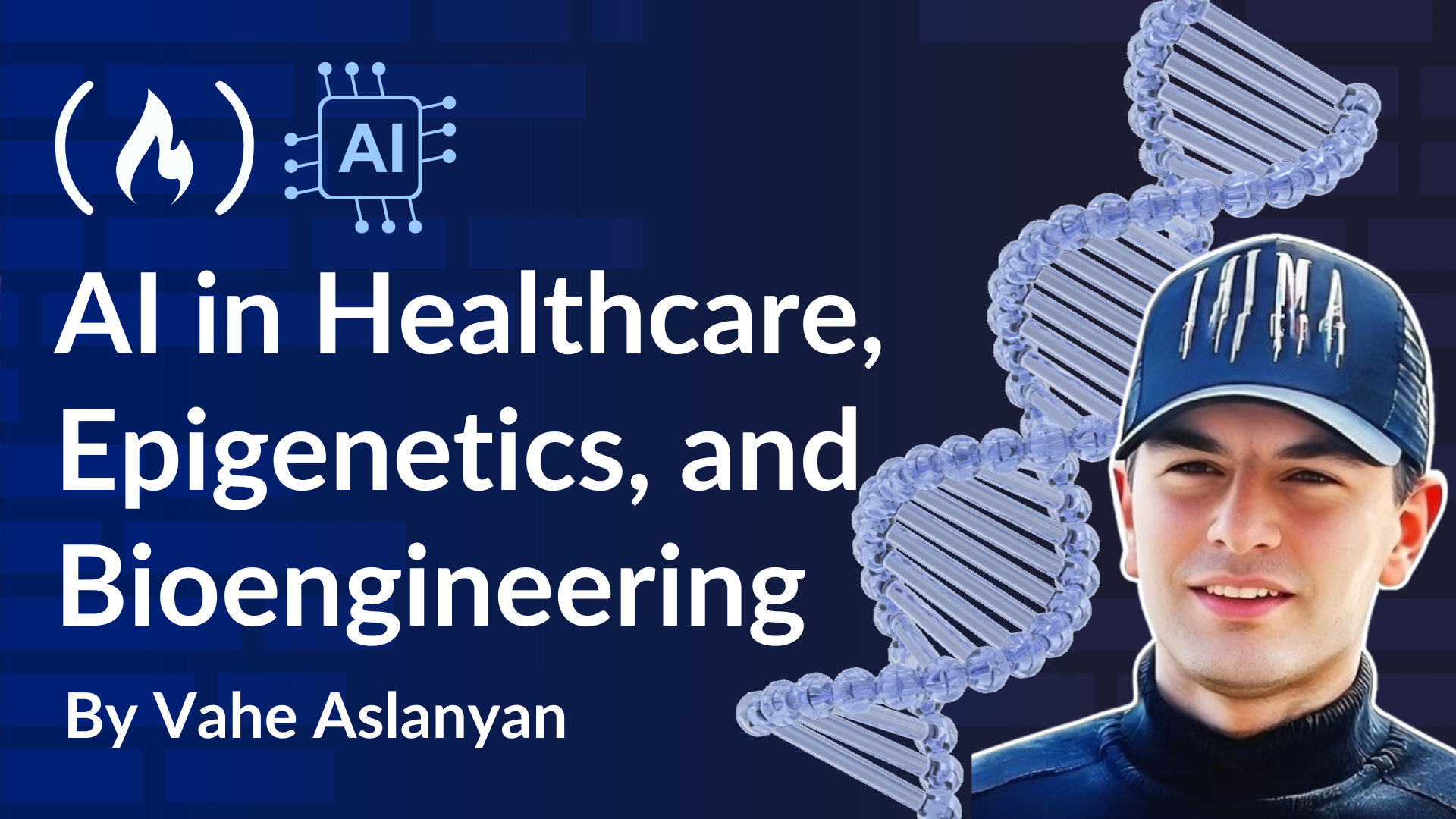
Bioelectronic Medicine
Bioelectronic Medicine 관련
Bioelectronic Medicine's Innovations
Bioelectronic medicine represents a frontier where biology meets electronics to create devices that interface directly with the nervous system. These innovations have profound implications for treating chronic diseases and even enhancing human capabilities, offering a new dimension of therapeutic interventions that go beyond traditional pharmacological approaches.
By leveraging the intricate communication pathways of the nervous system, bioelectronic devices can modulate neural activity with high precision, providing targeted treatments for a variety of conditions.
This integration of electronics with biological systems enables real-time monitoring and intervention, enhancing the responsiveness and effectiveness of medical treatments. As bioelectronic technologies continue to advance, they hold the potential to revolutionize healthcare by offering minimally invasive, highly customizable, and efficient solutions for managing complex health issues.
The convergence of biology and electronics in medicine marks a significant step towards more integrated and intelligent healthcare systems.
Neural Prosthetics and Brain-Computer Interfaces
One groundbreaking application of bioelectronic medicine is in neural prosthetics—devices that restore mobility or sensory functions lost due to injury or disease. Advanced brain-computer interfaces (BCIs) now enable paralyzed individuals to control robotic limbs using only their thoughts—a feat once relegated to science fiction. These interfaces translate neural signals into commands that can operate external devices, providing individuals with restored functionality and independence.
As BCI technology continues to evolve, it may allow for more seamless integration between human cognition and external devices, effectively augmenting natural abilities and enhancing quality of life.
Beyond prosthetics, BCIs have potential applications in cognitive enhancement, enabling individuals to interact with digital systems more intuitively and efficiently. The development of more sophisticated and user-friendly neural interfaces could lead to breakthroughs in how humans interact with technology, blurring the lines between biological and artificial systems.
Bioelectronics in Treating Neurological Conditions
Bioelectronics also hold promise for treating conditions like epilepsy or depression through targeted nerve stimulation rather than pharmaceuticals. By delivering precise electrical impulses to specific neural circuits, these devices can modulate brain activity without the side effects associated with drugs. For instance, deep brain stimulation (DBS) has been successfully used to reduce seizure frequency in epilepsy patients and alleviate symptoms of major depressive disorder.
These non-invasive or minimally invasive treatments offer alternatives for people who do not respond well to traditional medications, providing more effective and personalized therapeutic options. Also, bioelectronic devices can be programmed to respond dynamically to physiological changes, adjusting stimulation parameters in real-time to optimize treatment efficacy. This adaptability enhances the precision and effectiveness of bioelectronic therapies, making them a valuable tool in the management of chronic neurological and psychiatric conditions.
Future of Implantable Bioelectronic Systems
Looking further ahead, researchers envision implantable bioelectronic systems capable of real-time health monitoring and intervention.
For instance, a pacemaker-like device could detect early signs of a heart attack and administer corrective electrical stimulation autonomously—a true lifesaver in critical situations. These systems could integrate multiple sensors to monitor various physiological parameters, providing comprehensive health data that can be used for continuous assessment and timely intervention.
The ability to autonomously respond to health emergencies could significantly reduce mortality rates and improve patient outcomes, particularly in acute medical situations where immediate action is crucial. Beyond this, the miniaturization and biocompatibility of bioelectronic devices are advancing, making them more comfortable and less invasive for patients.
The development of such systems represents a significant leap towards more intelligent and responsive healthcare solutions, where medical devices actively participate in maintaining and restoring health.
